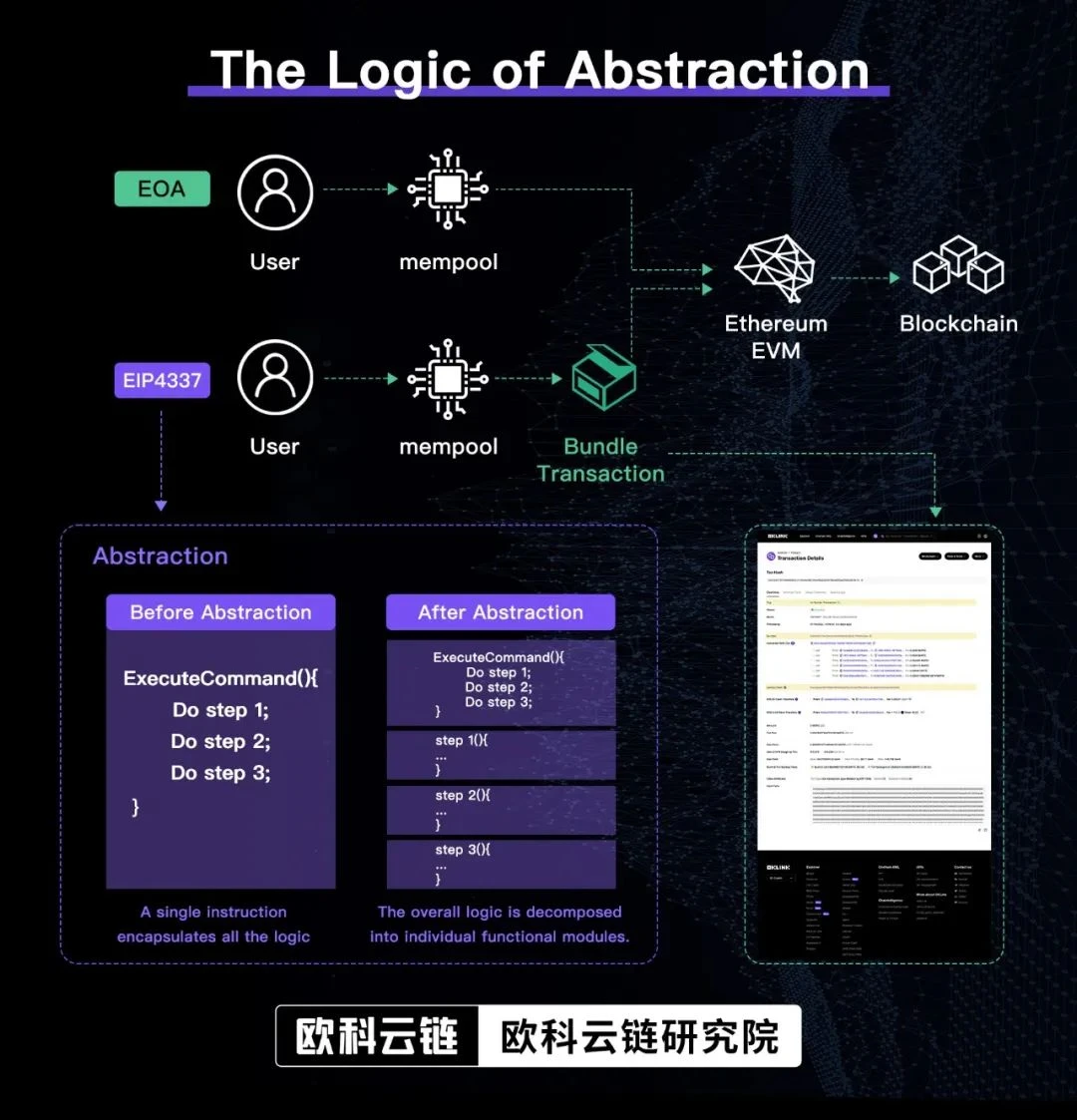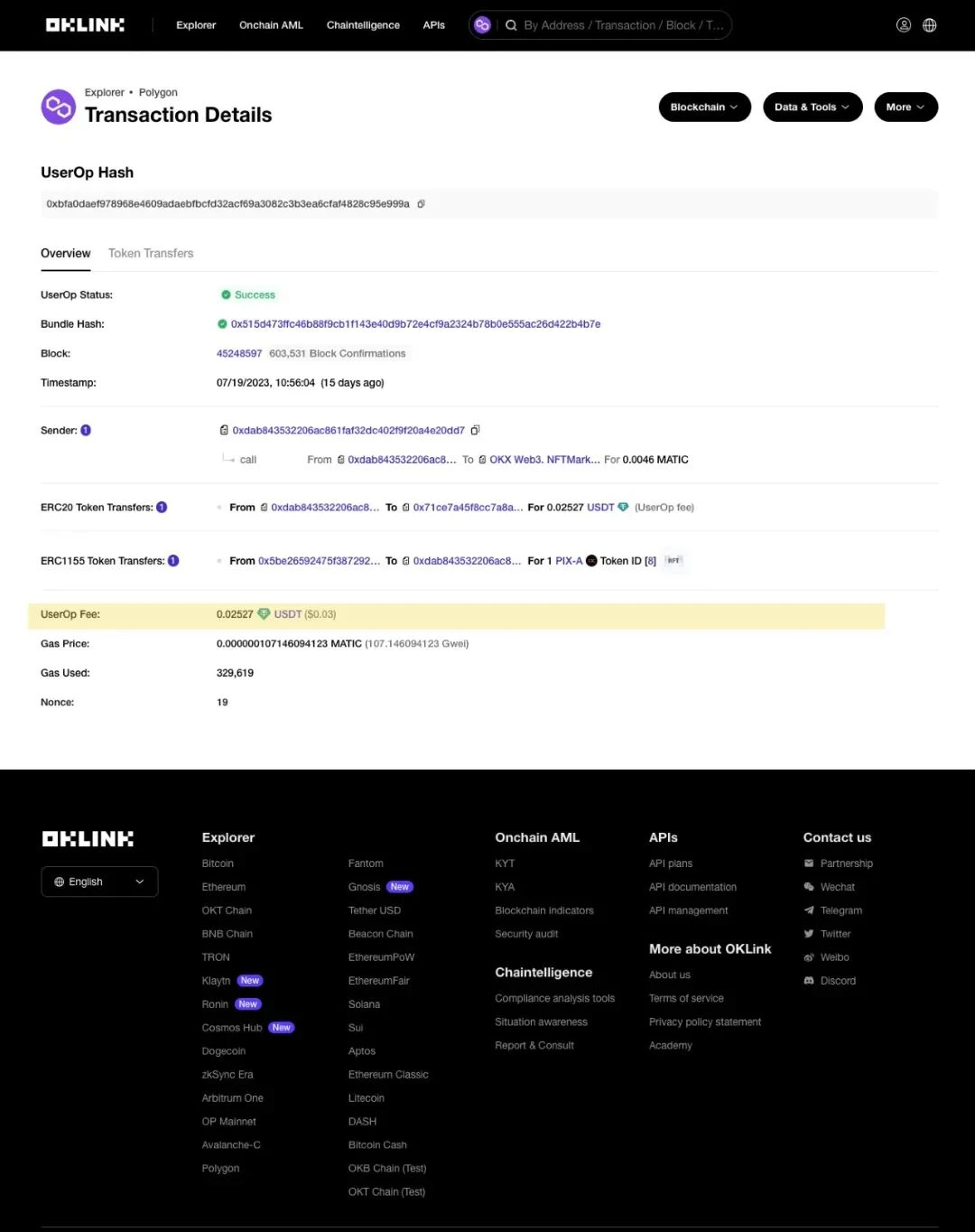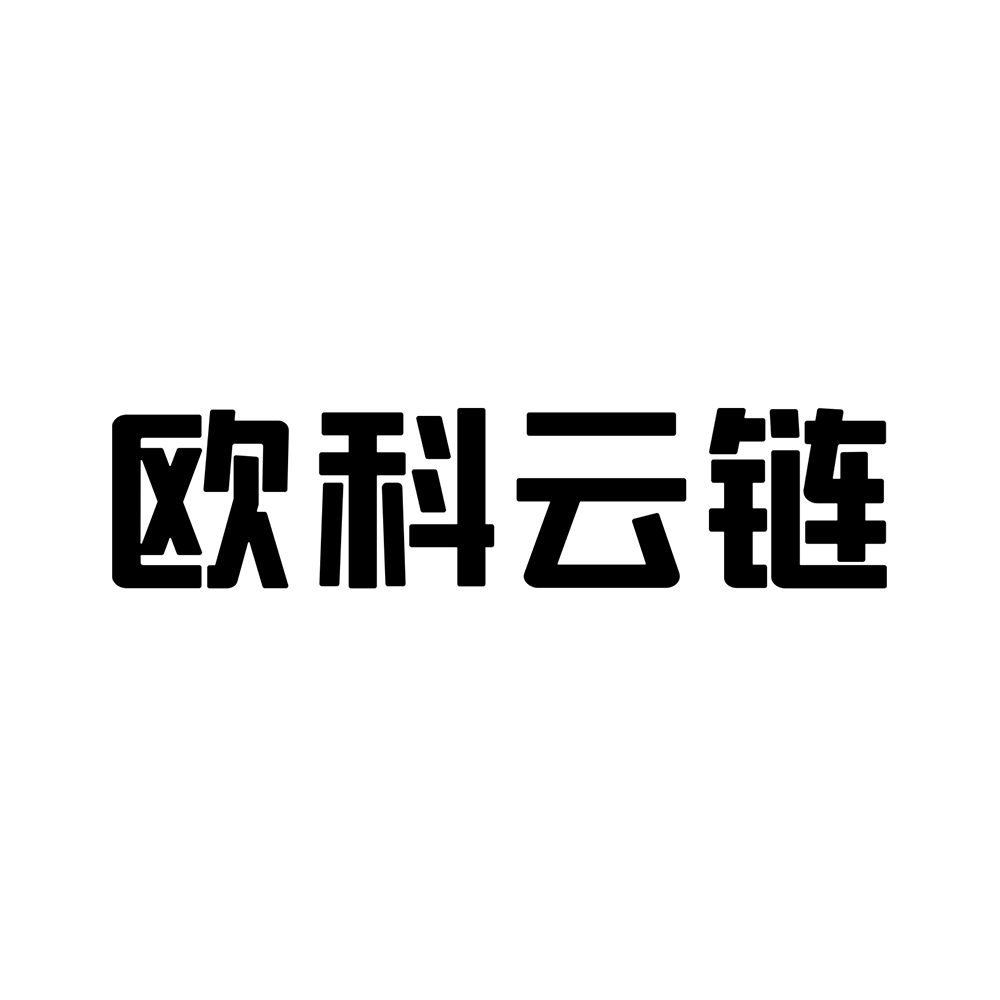Original Author: Occloud Chain Research Institute
Original Author: Bi Lianghuan
In 1971, American computer engineers sent the first test email, breaking the communication barrier within the same computer. The recent hot topic of Account Abstraction (AA) is like the "email" of the Web 3 era, which is a new paradigm that allows blockchain accounts to be programmable. This new paradigm brings unlimited potential in account applications and provides the technological foundation for the widespread adoption of Web 3. In analyzing the entire process of account abstraction, I discovered that the underlying resolution is the key to the large-scale adoption of Web 3.
Technological Breakthrough for Web 3: Account Abstraction
Blockchain technology has developed for many years, but it has always been limited to assets as a relatively singular form. Its application development has always been hindered by scalability and other issues. One of the reasons why Account Abstraction has been widely discussed is that its technical concept is aimed at addressing one of the challenges of public chains - scalability. It aims to support more application scenarios. Just like in the early to mid-1990s when the Internet boomed as technology foundations continued to develop, the top three companies in terms of market capitalization that we see today are all internet technology companies, with the top two worth more than $2 trillion. This is the next stage that the Web 3 industry is eagerly anticipating.
Yesterday, OKX announced the launch of its first AA smart contract wallet, bringing a change to the current state of on-chain asset wallets that are non-programmable and can only achieve simple storage and transfer functions.
Account abstraction was initially proposed by Ethereum founder Vitalik Buterin in 2014. Its process is similar to how email abstracts email addresses into a unified identifier, enabling self-management and control of the email system. By using a programmable approach, blockchain accounts can become more flexible, efficient, manageable, and controllable. The programmability brought by account abstraction allows assets to be fully held by smart contracts, providing users with a more flexible and efficient self-custody experience. Its essence is to extend the user experience of self-custody.

Image: Abstract Logic
Account Abstraction Analysis, Filtering Invalid Information
The provision of on-chain infrastructure for abstraction analysis is particularly important for account abstraction because the transaction process of account abstraction is similar to compressing earth garbage into cubes in the movie "WALL-E", and then there are no further actions, day after day, year after year. This unique transaction process leads to additional complexity and technical difficulties for users in operating and managing assets. The bundled information cannot be separated and presented independently to show the information you really want to see.
Currently, there are several projects in the industry attempting account abstraction, such as Ethereum, and StarkNet, a Layer 2 technology direction in blockchain. However, there are still very few infrastructures that support parsing account abstraction. OKLink, the blockchain explorer of OKExChain, is one of the few choices available for account abstraction analysis and also the only visualization window that supports querying user operations.
If you want to find that touch of green in the package, account abstraction analysis is the key. Through OKLink Multi-chain Explorer, you can query specific valid information of account abstraction, namely specific user operations, just like using Google. In this way, we can not only initiate transactions through account abstraction smart contracts but also know the specific process, path, cost, and execution effect of the operation. The role of account abstraction analysis is to help users understand the relevant information of transactions and contract execution on the blockchain, including transaction fees, contract execution information, and logs, in order to better understand the execution of smart contracts, etc.

Image: OKLink Blockchain Explorer Query Uop Details
By OKLink blockchain explorer, the process of account abstraction shortens the distance between Web 2 and Web 3 users, allowing technology to seamlessly integrate into the business reality in a natural and efficient way, to the point where users don't need to pay special attention to or be aware of its existence.
Simplifying Complexity, New Technology Should be "Invisible"
Whether it's the technical concept of account abstraction or every product launched by technology companies, they all strive for infinite user experience. Excellent design should be invisible. "Design is not just about appearance and feel, but also about the functionality and usage of the product," said Apple co-founder Steve Jobs.
"A good thing is quiet," in terms of user experience of multi-chain explorers, the OKLink team from OKCloud Chain makes new technology "invisible", allowing users to use OKLink just like using Google, creating a closed loop of on-chain data for the entire industry.
Based on the data advantage accumulated in the early stage (supporting query of full-node data for 29 public chains, almost covering the mainstream public chains in the industry), the OKLink multi-chain explorer has quickly supported account abstraction parsing for Ethereum, OKTC, Polygon, Arbitrum, and other 7 public chains in a short period of time. According to the different account models and standards of the public chains themselves, it provides the best user experience for account abstraction cross-chain interaction and data query in the current market.
Making new technology "invisible" and simplifying complexity like Apple, various on-chain data analysis tools will help Web 3 move towards larger-scale adoption.










